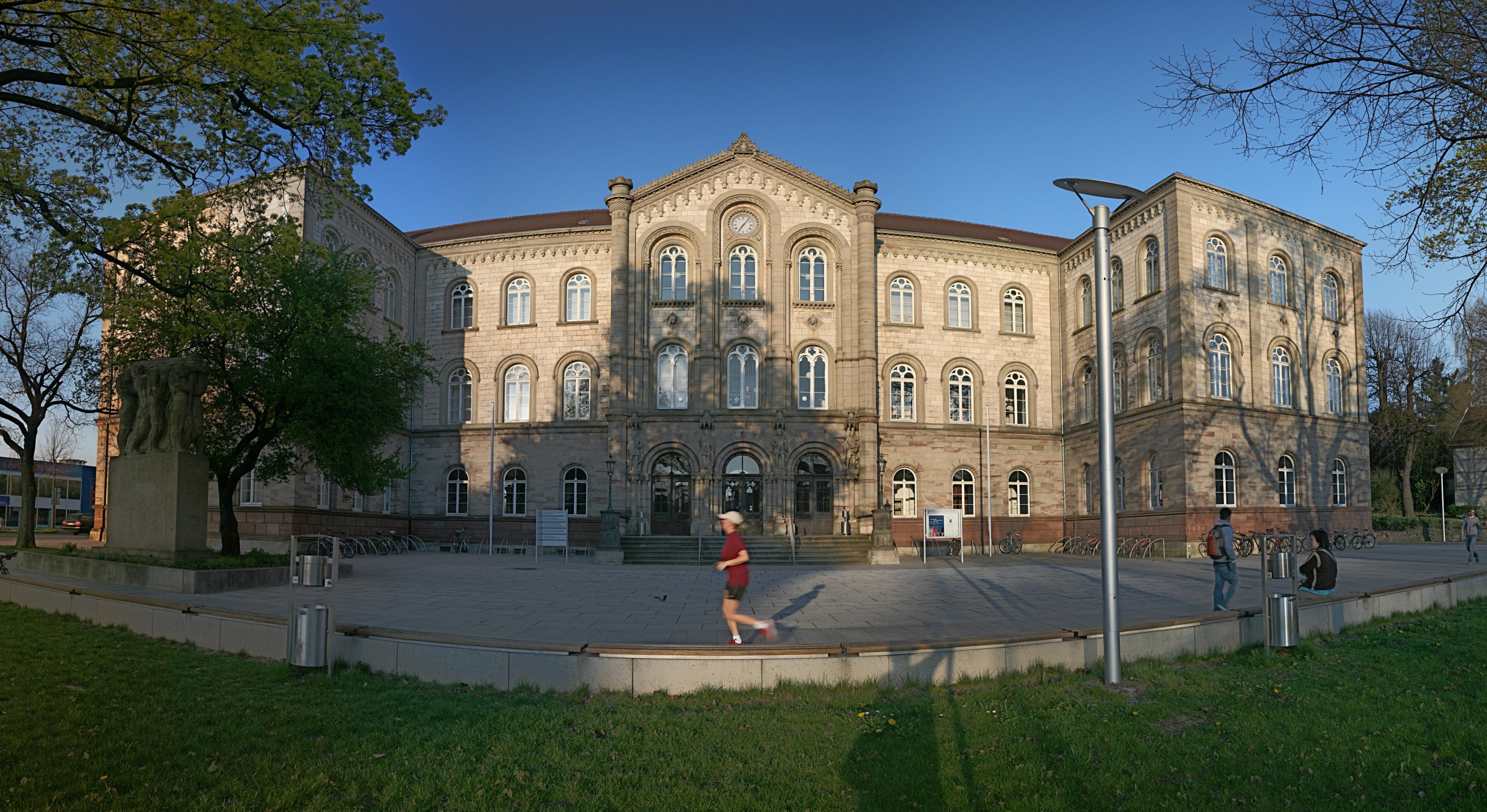University of Göttingen: Local wood with fire protection properties
Forest scientists at the University of Göttingen, together with the Swiss company Archroma, a global specialty chemicals company, have developed a new method for turning affordable and ecologically friendly wood from European forests into high-quality, fire-resistant construction timber. Until now, European softwood and hardwood could either be structurally modified to have physical and biological properties similar to tropical hardwood, or it could be treated with chemicals to become fire resistant, where the chemicals would bleach out of the wood by contact with water. The structurally modified wood in most cases cannot be used in construction as a structural or cladding element due to strict fire safety regulations, and the hardwood is not suitable for outdoor use. This situation looks set to change thanks to this new method which will, in the future, be exclusively marketed worldwide by Archroma.
The world’s largest forestry and wood processing industry in the USA, Canada and Europe uses softwood and hardwood from sustainably managed forests or plantations. However, those wood species show disadvantages such as low fungal resistance or poor shape stability, compared to tropical woods. But tropical wood often comes from non-sustainably managed forests and have to be transported over long distances. Scientists at the University of Göttingen have already been able to improve the stability of size and shape, weather- and water-resistance, as well as the resilience to wood-destroying fungi of native wood species. They have achieved this by modifying the cell walls in the wooden body by using vacuum pressure impregnation with condensation resins, which have so far been used in the textile industry. At high temperatures, the resins react with the cellulose fibre and produce properties in the wood similar to those of tropical woods. Wood modified in this way is non-toxic and can be used, for example, in high-quality decking, garden products, furniture, windows, doors, stairs, cladding and flooring.
The researchers have now developed this technology further, together with Archroma. “By combining wood modification with condensation resins and treatment with a non-toxic flame retardant developed for textile fabrics, we were able to produce wood with the mechanical properties of tropical woods, increased fungal resistance and a long-term fire-resistance, even outdoors” explain project leader Lukas Emmerich and Professor Holger Militz from the Department of Wood Biology and Wood Products at Göttingen University. “A material with such properties is of great interest, as wood is highly flammable and often does not meet the legal fire safety requirements, especially in the construction industry. The new, high-quality wood – modified in an environmentally friendly way from local woods – could solve this problem and open up many new areas where wood can be used as a building material.”
“We are extremely proud to be able to collaborate with Göttingen University on a project that will ultimately help make the wood industry more sustainable,” adds Miquel Vila, Global Head of New Markets at Archroma adds. “Softwood trees take only a fraction of the time needed for a hardwood tropical tree to grow. By imparting to softwood the required properties of hardwood, we can rely on existing sustainably managed forest to create the durable wood that is needed for construction applications.”
Archroma will market this innovative technology through its worldwide network of technical experts. The contract was negotiated by the MBM Science Bridge GmbH, a wholly owned subsidiary of the Georg-August-Universität Göttingen Stiftung, which acts as an intermediary between inventors, patent lawyers and industrial partners. The agency facilitates the transfer of technology from basic science into industry and generates revenue for the benefit of the University, the scientists and their research.

